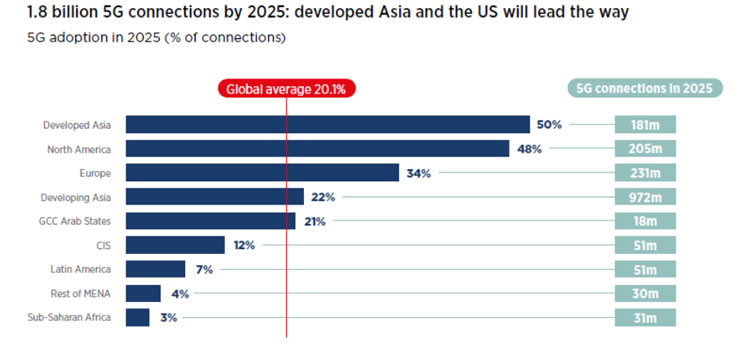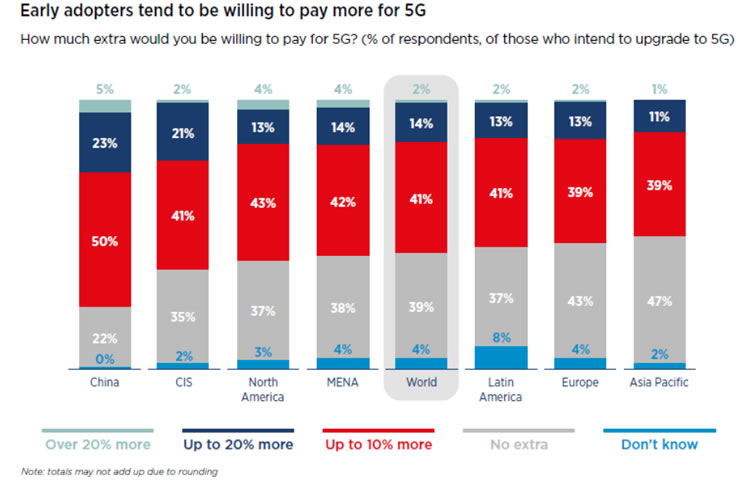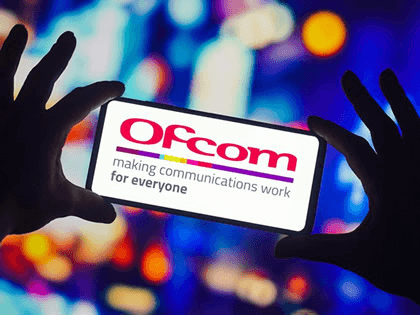Michelle Donegan is a tech writer who has covered the communications industry for more than 25 years on both sides of the pond. Having worked for various industry titles, including Communications Week International, Total Telecom and Light Reading, she specializes in mobile network technology trends.
It’s early days for 5G services globally. As the new technology is now available from 46 operators in 24 countries, 5G is expected to account for one in five mobile connections by 2025, according to mobile operator association GSMA’s latest market report, The Mobile Economy 2020.
But while 5G is gaining ground, it won’t be toppling 4G from its dominant position any time soon. 4G currently supports just over half (52%) of mobile connections globally and will grow to 56% of connections by 2025, despite the arrival of 5G.
In 2019, the total number of mobile subscribers worldwide was 5.2 billion, which is 67% of the world’s population. By 2025, the total number of subscribers will grow to just 5.8 billion to reach 70% penetration, representing a compound annual growth rate of 1.9% over the next five years. As the report notes, subscriber growth is increasingly difficult as markets become saturated and rural connectivity to reach unconnected populations is economically challenging. New subscriber growth in the next five years is expected to come mainly from India, China, Pakistan and Nigeria, according to GSMA.

Will consumers pay more for 5G?
As operators invest in rolling out 5G, it is not clear to what extent consumers are willing to upgrade to the new services or pay more for them. Operators will spend $1.1 trillion in CAPEX on networks over the next five years, of which nearly 80% will be 5G investments, according to GSMA. Among consumers, GSMA found wide variation across different markets when it comes to upgrade intentions. For example, consumers are most willing to upgrade to 5G in South Korea, China and the Middle East. But in Europe, Japan and the U.S., consumers appear happy with using 4G for now.

Eyeing the enterprise opportunity
GSMA predicts that by 2025, 5G will become the first mobile technology generation to have a bigger impact on enterprises than on consumers. Indeed, 5G capabilities such as network slicing, low latency and high reliability, coupled with edge computing, create opportunities for the mobile technology to serve myriad enterprise use cases from smart manufacturing to financial services.
Today, mobile technologies and services generate 4.7% of global GDP, or $4.1 trillion worth of economic value. By 2024, mobile will contribute 4.9% of global GDP, or $5 trillion. Looking ahead to latter part of this decade and the next, the GSMA report forecasts that 5G technologies are expected to contribute $2.2 trillion to the global economy between 2024 and 2034.
Ofcom’s next 5G spectrum auction could finally deliver on 5G’s full potential
Ofcom has laid out its plans for the auctioning of 26GHz and 40GHz mmWave 5G spectrum.
As seen on:









